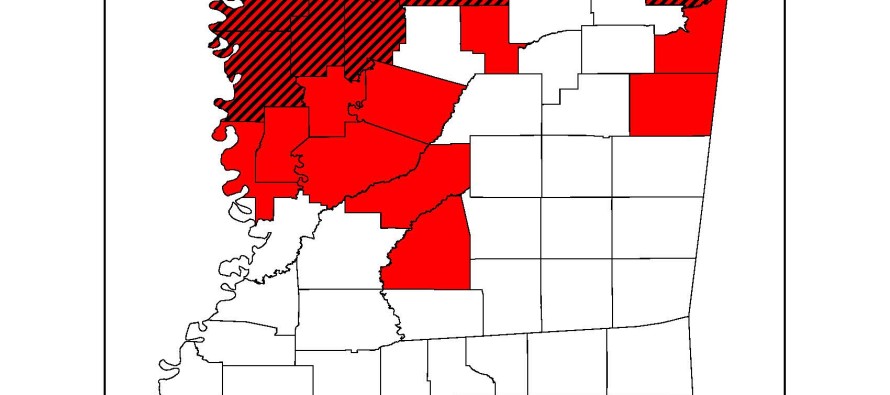

#BACTERIAL BLIGHT IN COTTON SOFTWARE#
San Antonio, TX, pp 19–22.īradbury PJ, Zhang Z, Kroon DE, Casstevens TM, Ramdoss Y, Buckler ES (2007) Tassel: software for association mapping of complex traits in diverse samples.

In: Proceedings of the beltwide cotton conference.

īourland FM (2018) Breeding for bacterial blight resistance in cotton.
#BACTERIAL BLIGHT IN COTTON REGISTRATION#
Crop Sci 28:1035–1035īourland FM, McGowan JRE, Johnson JT (1997) Registration of arkot 8102, arkot 8506, and arkot 8514 germplasm lines of cotton. Texas Agricultural Experiment Station, Texas, USAīourland FM, Bridge RR (1988) Registration of miscot t8–27 cotton germplasm. Plant Dis 66:172–176īird LS, Blank LM (1951) Breeding strains of cotton resistant to bacterial blight. Adv Plants Agric Res 7:279–286īird LS (1982) The MAR (multi-adversity resistance) system for genetic improvement of cotton. Bioinform 21:263–265īhandari HR, Bhanu AN, Srivastava K, Singh MN, Shreya HA (2017) Assessment of genetic diversity in crop plants-an overview. Alabama experiment station, Auburn, pp 1–32īarrett JC, Fry B, Maller J, Daly MJ (2005) Haploview: analysis and visualization of ld and haplotype maps. In: Results of experiments on cotton in alabama. Dissertation, Texas Tech UniversityĪndrade AC, Viana JM, Pereira HD, Pinto VB, Silva FEF (2019) Linkage disequilibrium and haplotype block patterns in popcorn populations. malvacearum from acid delinted and easiflo treated cotton seed. Theor Appl Genet 133:563–577Īlexander AS (2009) Isolation frequency of Xanthomonas axonopodis pv. Genetic mapping and genomic targeting of the BB13 locus in the current study will help in cloning the CBB-resistant gene and establishing the molecular genetic architecture of the BB-13 locus towards developing durable resistance to CBB in cotton.Ībdelraheem A, Elassbli H, Zhu Y, Kuraparthy V, Hinze L, Stelly D, Wedegaertner T, Zhang J (2019) A genome-wide association study uncovers consistent quantitative trait loci for resistance to verticillium wilt and fusarium wilt race 4 in the US upland cotton. Nine of these putative genes and two NBS-LRR genes adjacent to the targeted region were putatively involved in plant disease resistance and are possible candidate genes for BB-13 locus. Candidate gene analysis identified thirty putative gene sequences in the targeted genomic region. Flanking SNP markers, i04890Gh and i04907Gh of the BB-13 locus, identified from the combined linkage analysis and GWAS, targeted it to a 371-Kb genomic region. The BB-13 locus was mapped within the 0.95-cM interval near the telomeric region in the long arm of chromosome D02. Molecular genetic mapping using an F 6 recombinant inbred line (RIL) population showed the CBB resistance in cultivar Arkot 8102 was controlled by a single locus ( BB-13). In the current study, genome-wide association study (GWAS) of CBB resistance using an elite diversity panel of 380 accessions, genotyped with the cotton single nucleotide polymorphism (SNP) 63 K array, and phenotyped with race-18 of CBB, localized the CBB resistance to a 2.01-Mb region in the long arm of chromosome D02. Identification and deployment of genetic resistance in cotton cultivars is the most economical and efficient means of reducing crop losses due to CBB. malvacearum (Xcm), has periodically been a damaging disease in the USA. AbstractĬotton bacterial leaf blight (CBB), caused by Xanthomonas citri subsp.

Identification and genomic characterization of major resistance locus against cotton bacterial blight (CBB) using GWAS and linkage mapping to enable genomics-based development of durable CBB resistance and gene discovery in cotton.


 0 kommentar(er)
0 kommentar(er)
